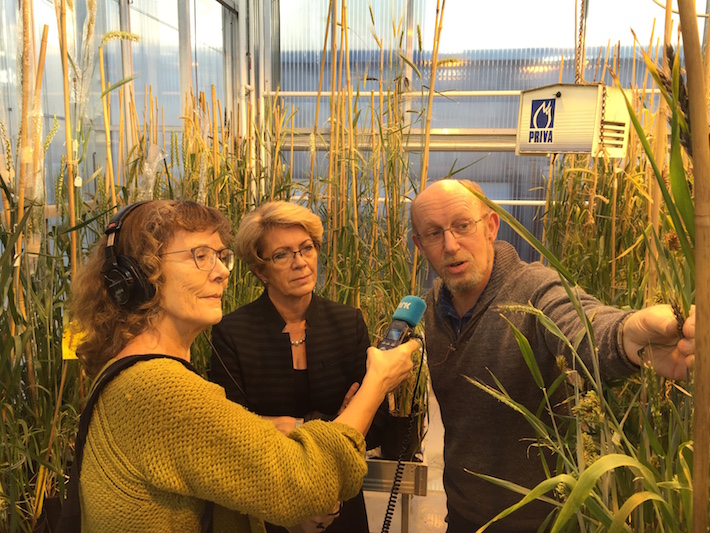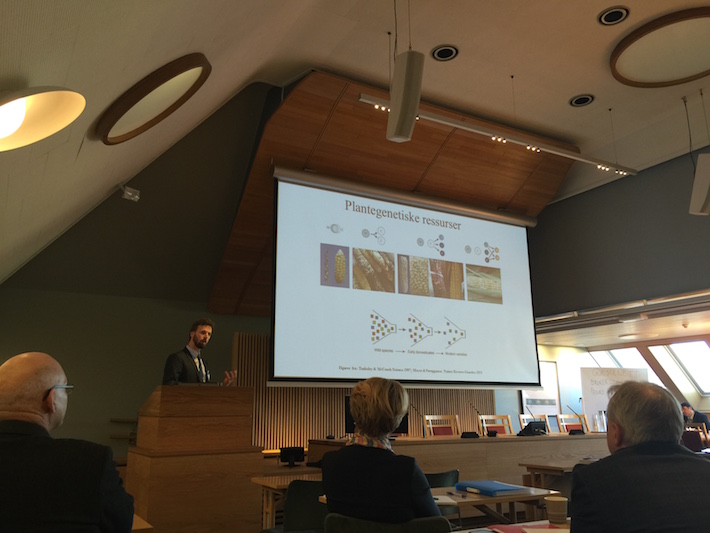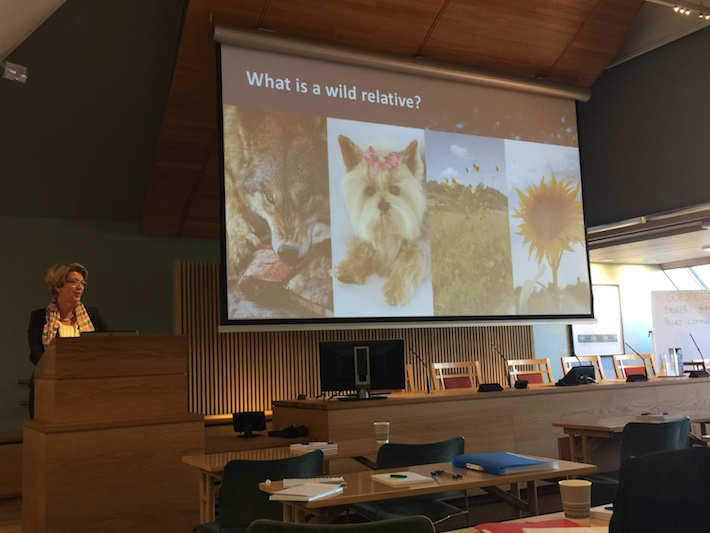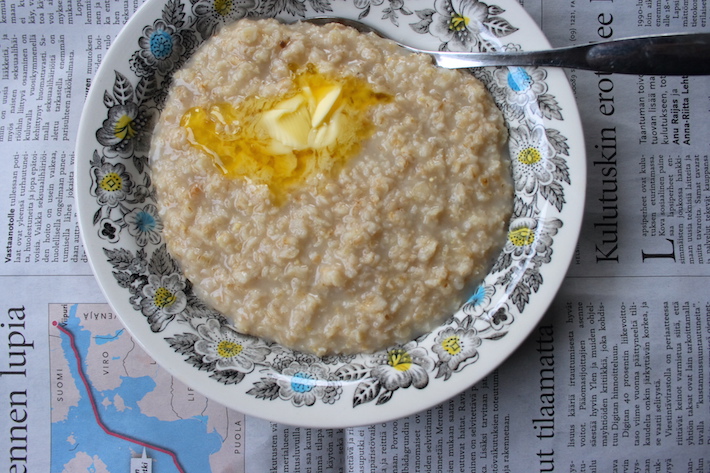Category : Feature Stories
Published : February 25, 2016 - 10:44 AM
In Norway there’s a very modest expression used when a person earns a little extra money: it’s just “for salt in the porridge.” This may be an antiquated phrase in such a high income country, but it’s a reminder that however you like to season it, the porridge always comes first.
It’s with the basics of food security in mind – for its own people, and everyone else – that Norway has led the way in supporting worldwide conservation of crop diversity. It is home to the Svalbard Global Seed Vault, buried deep in its far northern archipelago. It is the largest national donor so far to the Crop Trust’s Crop Diversity Endowment Fund, and through the Norwegian Agency for Development Cooperation (Norad) it has funded the Crop Wild Relatives project for the last five years.
This month, that commitment was reiterated during a very full two days in Oslo. The visit by Crop Trust staff marked the midpoint of the project with three seminars in just two days. The first took place at NORAD with participants from a number of ministries and NGOs. The second was organized for students and faculty at the Norwegian University of Life Sciences, and led by Professor Ola Westengen, a former coordinator of the Svalbard Global Seed Vault. These also included Åsmund Bjørnstad, Professor in Plant Science and member of the advisory group, who keeps a greenhouse of oat, maize and barley relatives at the university to familiarize his students with the wild roots of the porridge they eat. Guro Tarjem (from radio NRK) seized the opportunity and interviewed Marie Haga and Åsmund Bjørnstad during their visit to the Greenhouses of NMBU’s Plant Science Department for an interview that later aired on NRK’s popular science show ‘Ekko’ in Norwegian.

Inside the Greenhouses of NMBU’s Plant Science Department: Prof Asmund Bjornstad, member of the advisory group to the Crop Wild Relatives project (right), shows to our Executive Director, Marie Haga (middle), and Guro Tarjem from radio NRK (left) a set of diverse barley lines. Photo: courtesy of our dear friend Ola Westengen.
The third and final seminar took place in Norway’s Parliament, thanks to Crop Trust Board member Knut Storberget, who is a member of the Norwegian Parliament. All parties attended to discuss the importance of crop wild relatives with Ola Westengen and the Crop Trust’s Executive Director, Marie Haga. Marie was in familiar surroundings: she served as a Member of Parliament here from 2001-2009. This time she was greeted with intense interest in the challenge and the science of using wild diversity. Norway stood firmly by its role in the 10-year partnership. The State Secretary in Foreign Affairs, Tone Skogen, said in her concluding remarks that “the government has no other intention but to continue funding the CWR project.”

Ola Westengen explaining to members of the Norwegian parliament what a domestication bottleneck is and why we should all care about genetic resources

Marie Haga addressing the assembled members of the Norwegian parliament with an explanation of how crops have wild relatives, just like domestic dogs do.
We applaud this commitment, but for readers unfamiliar with the Norwegian approach, it may not be obvious why the country is such a strong supporter of this research and conservation effort. There are few crop wild relatives to be found in the fjords of Norway, and it’s too far north to grow many of the 29 food crops that are the focus of the project’s work.
But Norway knows that the future of agriculture is an issue for every country. The wheat and potatoes that have fed Norwegians for generations are vulnerable to the greater climate variability that is now setting in, even in the fertile farming heartland of Trøndelag. Farmers here rely on crop insurance to manage the uncertainty, but it’s getting more expensive, and the limits of the system will be tested. A more fundamental form of insurance is needed: the potential to adapt these crops to new conditions, which breeders can find within the diversity of crop wild relatives from all over the world.
It’s an insurance policy not just for Norway, but for farmers everywhere. In 2013 the country imported nearly 500,000 tonnes of wheat, 50,000 tonnes of oats, 80,000 tonnes of bananas and 25,000 tonnes of rice. Wherever these are grown, challenges are growing and farmers will need more options to feed themselves and the world. Norway knows that crop wild relatives hold potential we have not yet unlocked for conditions we have never faced. Its part in the CWR project combines great foresight with a partnership that will benefit us all. And for that we raise a bowl of porridge in thanks.

